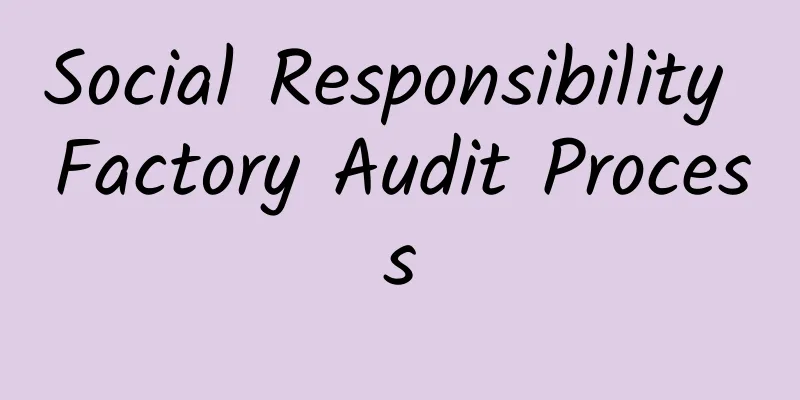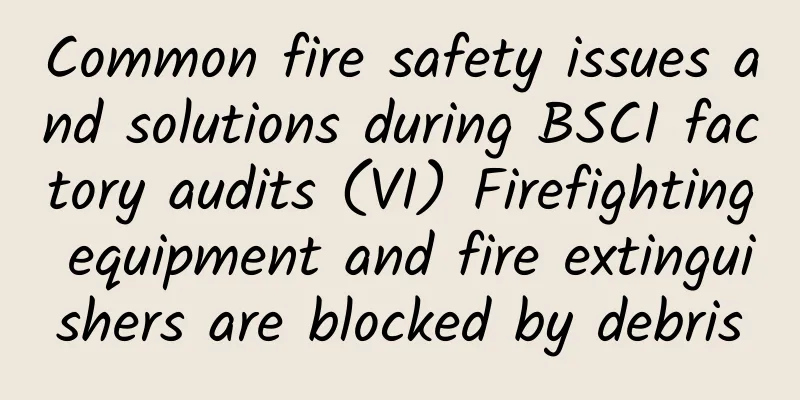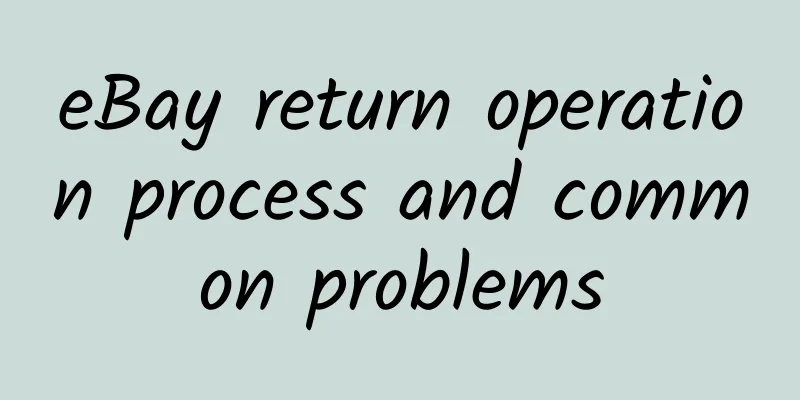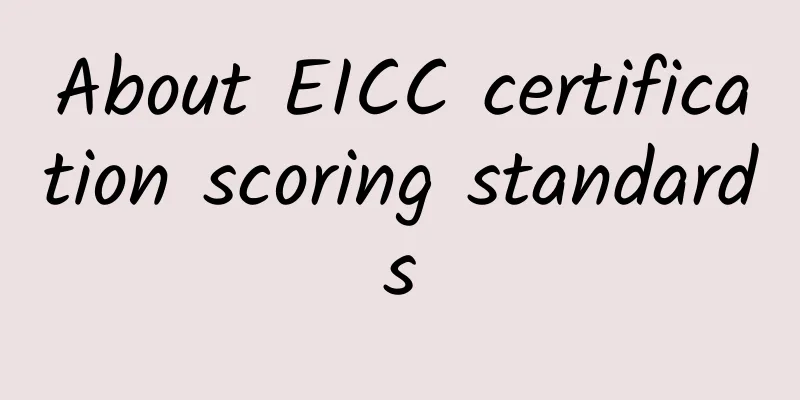Social Responsibility Factory Audit Process

|
Before the factory inspection, suppliers should actively communicate with buyers, clearly understand the personnel composition, work process, audit standards, etc. of the factory inspection, and make corresponding preparations before the audit. Taking the social responsibility factory inspection as an example, the general process is as follows: 1. Opening Meeting. Both parties introduce themselves, and the factory auditor (Auditor, which can be a buyer’s representative or a third-party auditing agency such as CSCC, ITS, BV, SGS, etc.) explains the purpose of the factory inspection, buyer’s policy introduction, factory inspection process arrangement, document list, and collects factory information. 2. On-site inspection (Factory Tour). The auditor and the factory's accompanying personnel will visit the factory. Before visiting the factory, the auditor will ask the factory to provide a floor plan showing the fire escape and emergency exits. During the factory tour, the auditor will check each item on site according to the audit requirements, such as fire protection facilities, storage of dangerous goods, etc. During the tour, the auditor may take photos on site for evidence or request to copy certain records and documents. Of course, these actions must be agreed to by the factory in advance. If the auditor has any questions during the factory tour, he will ask the workers or managers directly on site. 3. Documents Review. Auditors usually require factories to produce attendance records, wage payment records, employee rosters, employee insurance certificates, fire inspection and drill records, and other documents. Auditors use the information reflected in these documents to determine whether the factory is inconsistent with the audit requirements in terms of wages, working hours, working environment, etc. Auditors usually also check the information in these documents with the answers of workers on site and the information collected on site. For example, the auditor compared the attendance records of a warehouse worker with the warehouse's delivery and receipt time, and found that the attendance showed that a certain day was a factory rest day, but the warehouse had a delivery record on that day. In this case, if the factory cannot give a reasonable explanation and provide relevant evidence, it will be regarded as a doubtful point or directly a discrepancy. 4. Workers Interview. The interviewees can be randomly selected from the roster by the auditors, or they can be selected with a bias, such as deliberately selecting underage workers aged 16 to 18, or those workers whose work numbers are recorded by the auditors during the on-site inspection. The content of the interview is basically related to wages and working hours, working environment, and human rights protection. In order to protect the rights and interests of workers, the interview process is strictly confidential to the factory. Factory management personnel are not allowed to be present or stay in the area near the interview room. 5. Management Interview. This stage is near the end of the factory inspection. The auditor will ask further questions about the doubts or insufficient information found before. The interviewee can come on time as needed, and can be the workshop foreman, factory manager, or finance. 6. Closing Meeting. The auditor will summarize the advantages and disadvantages found during the factory inspection. This summary will be confirmed and signed by the factory in written form on the spot. If the factory disagrees with some of the points, it can also note the opinions in the closing report. For the same type of factory inspection, if the buyer is different, the process and related audit documents may be very different. It is recommended that the factory communicate with the buyer at least one week before the formal factory inspection on information such as process, documents and personnel preparation to avoid affecting the efficiency and results of the factory inspection. If a certain person is not in place or a certain document cannot be obtained on the spot, the relevant audit point will often be regarded as a suspicious point with insufficient information. In addition, the scope of the factory inspection is generally the entire factory area, and the factory needs to prepare the keys of each warehouse and locked area in advance for the auditor to check at any time. |
<<: CE certification evaluation model
>>: The significance of ISO17025 laboratory accreditation
Recommend
WRAP Regulation Updates
updates to WRAP Policies. July 1st, 2008 Effective...
Mattel Factory Inspection/Factory Health Special
Does the factory conduct industrial hygiene monit...
Part of WCA factory inspection standards
Advantages of enterprises passing WCA factory aud...
BSCI certification: a passport to open up international markets
Grasping the pulse of "spring" in the &...
What is BuiltWith? What are the advantages of BuiltWith?
What is BuiltWith? Founded in 2007, BuiltWith is ...
Mattel factory inspection/factory consultation employment relations and freedom of association
Are all employees and contractors on site at leas...
Walmart anti-terrorism factory inspection passed the standard
What is the passing standard for Walmart's an...
Why should we conduct Timberland factory inspection?
Why should we conduct Timberland factory inspecti...
Sedex membership price increase, effective March 1, 2018
Buyer Membership; Buyer/Supplier Membership Price...
What is Page2Images? How to use Page2Images?
Page2Images: Online Webpage Thumbnail Screenshot ...
SEDEX Associate Auditor List
Africa Now ALGI Bureau Veritas CSCC SGS Wieta WRA...
How to deal with surprise on-site audits during factory inspections
How to cooperate with customers before factory in...
What is Baohong Shares? What services does Baohong Shares provide?
Shenzhen Baohong E-commerce Integrated Service Co...
What are the major categories of ISO9000 quality management system applications?
1. Agriculture and fisheries 2. Mining and quarry...
Ann Taylor_Ann Taylor factory inspection document list
Ann Taylor_Ann Taylor factory inspection document ...









